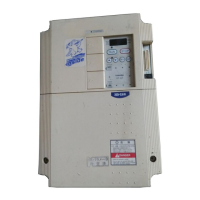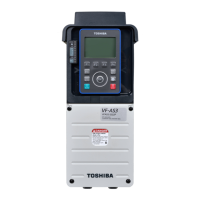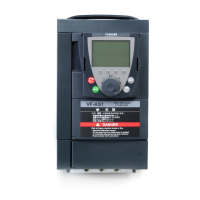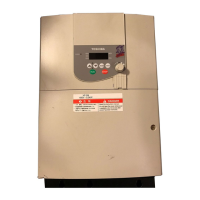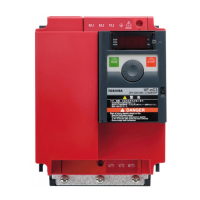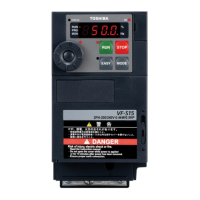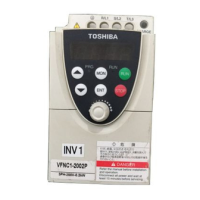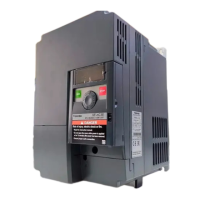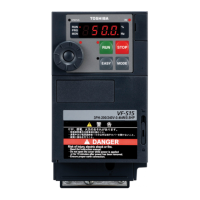E6580516
12.
Maintenance
and
Inspection
12.1
Preventive
Maintenance
and
Periodic
Inspection
Preventive maintenance is required to operate this inverter in its optimal condition, and to ensure a long
unit lifetime.
Perform a periodic inspection once every three to six months, depending on operating conditions.
Before starting inspections,
always
tum
off all power supplies to the unit. Wait at least five minutes after the
"CHARGE" lamp has gone out, and then confirm that the capacitors have fully discharged by using a tester,
etc., that can measure
high-voltage DC. (Measure the voltage between PA and PC on the inverter's main
circuit
terminal block.)
[Inspection
points]
1.
Check that the wiring terminal screws are not loose. Tighten if necessary.
2.
Check that there are no defects in the wire terminal crimp points. Visually check that the crimp points
are not scarred by overheating.
3.
Visually check the wiring and cables for damage.
4. Clean off any dust and dirt with a vacuum cleaner.
Place special emphasis on cleaning the ventilation
ports and PCBs.
Always keep these areas clean, as adherence of dust and dirt can cause unforeseen
failures.
5. If use of the inverter is discontinued for a long period of time, turn the power on at least once every
. two years and confirm that if still functions properly.
To
confirm functionality, disconnect the motor and energize the inverter for five hours
or
more before
attempting to run a motor with it.
Do not directly connect a commercial power source to the inverter, but
gradually raise the input voltage
using a Variac, etc.
6. When perforcning an insulation test, use a
SOOV
megger, and test only the main circuit terminals.
Never perform an insulation test on the other terminals or the control circuit terminals on the PCB.
* When performing an insulation test on the motor, disconnect the output terminals U, V and W from the
motor.
7.
Hi-pot tests
Do not perform hi-pot tests on the inverter as they
may
damage the unit's internal components.
8. Voltage and temperature checks.
Regular measurements of the inverter's input and output voltages with a tester is effective for detecting
problems before they become critical. The output voltage reading may differ depending on the type
of tester or
voltmeter being used. It is for this reason that a record should be kept of your inverter's
daily or weekly output voltages, in order to identify deviations from the normal
values.
Measure the voltages on the input side between terminals R-S, S-T and T-R.
Measure the voltages on the output side between terminals
U-V, V-W and W-U.
[Recommended voltmeters] Input side: Moving-iron voltmeter (
~
)
Output side: Rectifying voltmeter ( * )
Regular measurements of the ambient temperatures of the inverter at start-up, while running, and at
shutdown is also an effective method for finding problems before they can become
critical.
-110-
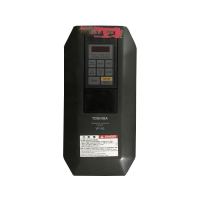
